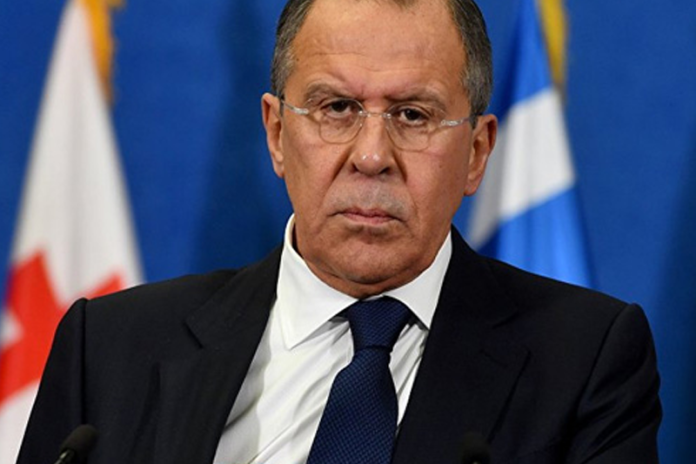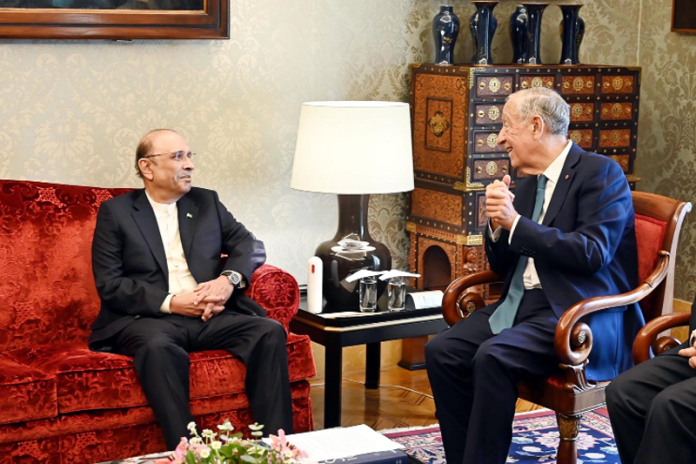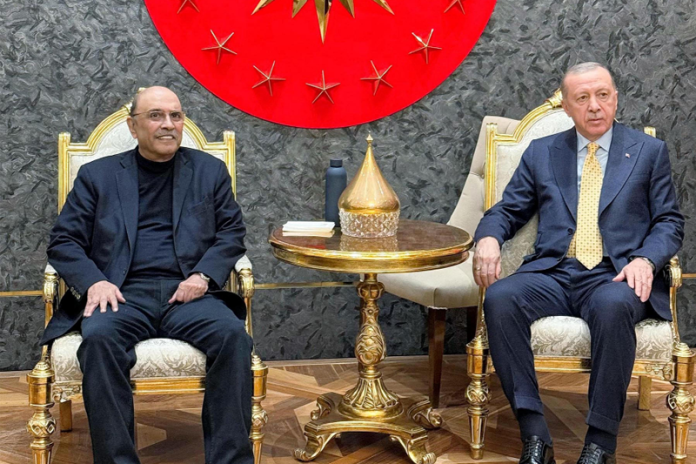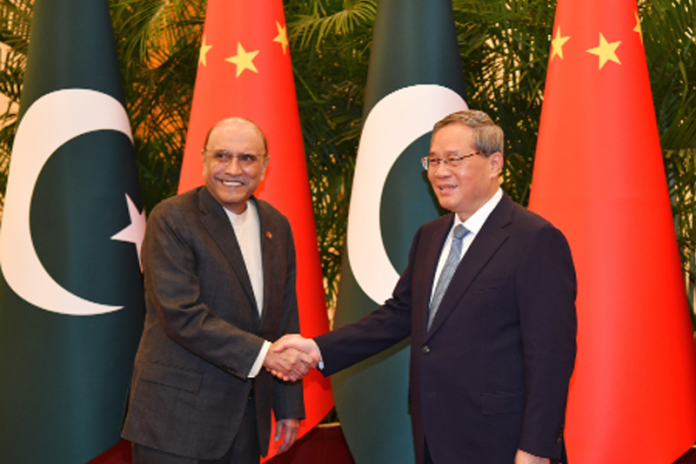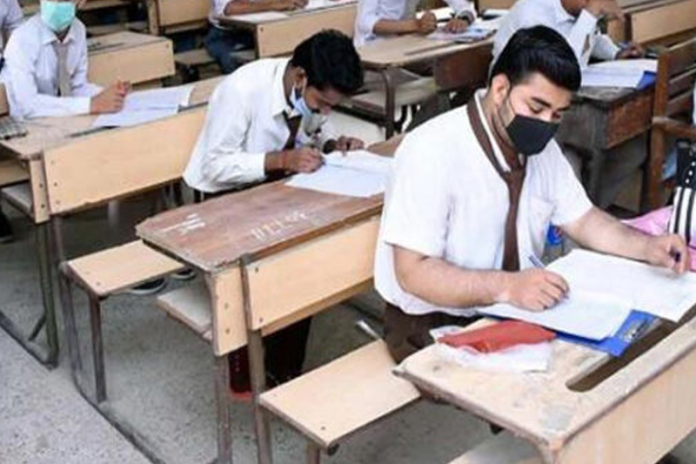Foreign debt still an issue

- 139
- 0
Though Pakistan's debt-to-GDP ratio has come down in recent months, but the piles of external debts are still increasing.
Recently, the estimates of foreign debts revealed in the Standing Committee on Finance of the National Assembly are on the one hand a test of the ability and insight of our economic managers, on the other hand, it is required that the federal and provincial governments work together in various fields and maintain financial discipline. including using all the methods through which quick relief from debt burden is possible. According to the statement of Minister of State for Finance Ali Pervez Malik in the meeting held under the chairmanship of Standing Committee Chairman Syed Naveed Qamar, Pakistan's foreign debt repayment estimate may exceed 100 billion dollars in the next four years. Finance Minister Muhammad Aurangzeb informed the strict conditions of the new IMF loan program and the required financing in a closed-door meeting. He said that despite the improvement in the exchange rate, the external account is insecure, additional financing of 12 billion dollars is required by 2027. In addition to the 7 billion dollars received from the IMF, 5 billion dollars will be managed through other sources including commercial banks. It is also clear that the accounts of friendly countries including China, Saudi Arabia and the UAE, worth $12.7 billion, will have to be rolled over every year. On behalf of the Ministry of Finance, the Standing Committee was informed about the future road map.
In the above situation, on the one hand, where the need to limit development works, strengthen financial discipline, make the tax collection system more efficient and make the FBR active is clear, on the other hand, the importance of austerity becomes more clear. Moreover, all methods should also be taken to make electricity cheaper, encourage small and medium industries and reduce the hardships of the common people. Education is the sector in which the secret of development of countries lies. This sector should not be neglected under any circumstances. With these steps we can overcome our debt issues to some extent. But the fact remains that debt piles have multiplied. A few months ago, the report issued by the International Development Research Lab based in the United States said that China has given Pakistan 68 billion dollars in the last 21 years. The surplus loan was provided, in which two percent of the amount was given in the form of aid, so Pakistan has become the third largest country in the world to receive loans from China since 2000, and the countries receiving more money than that are Russia and Venezuela , who have borrowed about $169 billion and $112 billion respectively from China. This situation shows that many developed countries, including the United States, are indebted to others, but a comparative assessment with Pakistan reveals that most Countries do not take more loans to pay off debts and the revenue targets set by their governments are met from internal sources. They are fulfilled from internal sources. The report says that during the Muslim League-N regime, 37 billion dollars were borrowed from China, 19 billion dollars during the Tehreek Insaaf period, 10 billion dollars during the Peoples Party govt, while 4.1 billion dollars were borrowed duirng Pervez Musharraf era. Some circles give the impression that other developing and poor countries, including Pakistan, have been caught in the trap of debt, but the reality is that the debt burdened by Pakistan is the result of poor policies of its governments. With threats of bankruptcy looming over and over again, it has become imperative to promote a culture of productivity to increase productivity and reduce debt, for which short, medium and long term programs are a prerequisite. However, there is positive progress in relation to the problems facing the assurance of all kinds of cooperation rom the friendly countries in the period of economic difficulties. China has always helped Pakistan in difficult times and the Chinese President has indicated to continue this process.
Iran and the Arab countries are also ready to play their role through the relationship of friendship and brotherhood. If Prime Minister Shehbaz Sharif government, together with President Asif Zardari, the King of Reconciliation, promotes efforts to make the situation favorable for political stability and implements the agenda announced by the Muslim League-N and the Peoples Party, the path to economic stability can also be paved. The newly-elected federal government has taken the reins of the country in the difficult economic conditions, they have actually made this responsibility a bed full of thorns.Therefore, it is necessary to find alternative ways to increase the financial resources of the government. This task may be difficult but not impossible. The previous coalition government had a good austerity plan which must now be fully implemented, including provisions for a shortened cabinet and the abolition of elite privileges. Complete elimination of electricity theft, gas theft and tax evasion can be a sure way to provide critical financial resources without burdening the public. Full or partial privatization of all loss making public institutions should be done as soon as possible to save national treasury resources. To facilitate tax payment and to prevent tax evasion through the connivance of corrupt elements of the bureaucracy, the entire system should be digitized as in developed countries as soon as possible. The ways of economic improvement can be widened without making the life of the people more difficult. Meanwhile, some experts says that the IMF wants reforms to ensure full recovery of electricity bills and no subsidy or discount to anyone. Why does the country's energy crisis never seem to be resolved. Why do people steal electricity and no one catches them. Line losses are also an odd problem. If the transmission lines are not working properly, why is it taking so long to get rid of them completely. The government must be tired by increasing the price of electricity, but the revolving debt is still increasing. But why? On the other hand, electricity distribution companies send as many bills as they want, no one is asking. It would be good to pay serious attention to these points.










